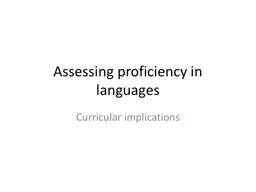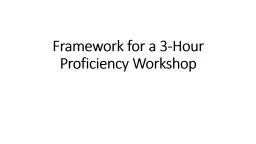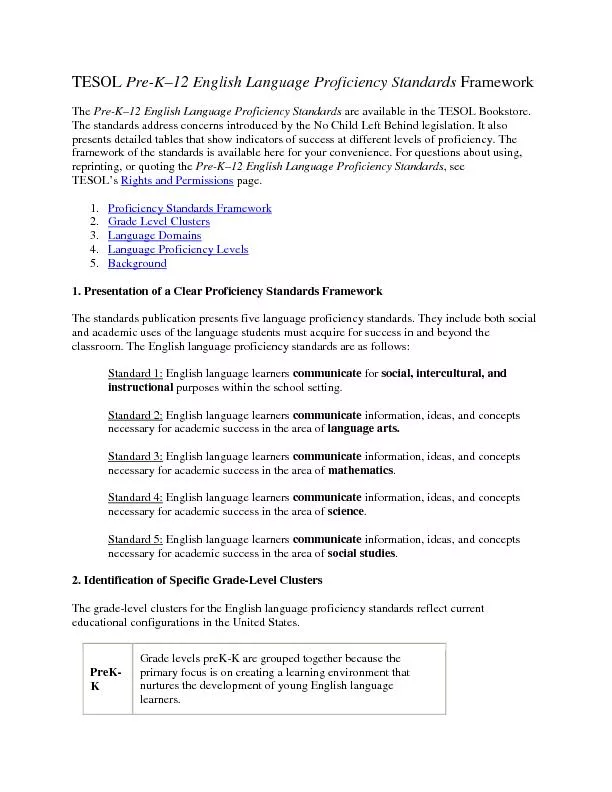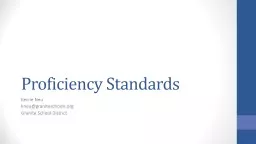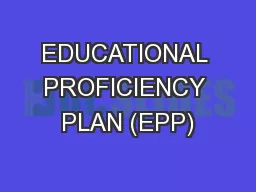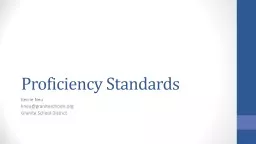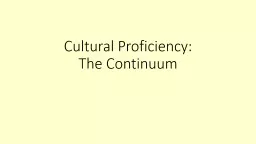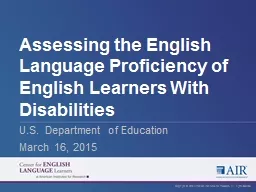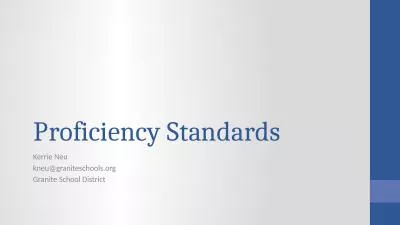PPT-Assessing proficiency in languages
Author : missroach | Published Date : 2020-06-22
Curricular implications عربى 中文 한국어 Português русский 2000 tests administered Arabic Chinese Korean Portuguese Russian Assessment
Presentation Embed Code
Download Presentation
Download Presentation The PPT/PDF document "Assessing proficiency in languages" is the property of its rightful owner. Permission is granted to download and print the materials on this website for personal, non-commercial use only, and to display it on your personal computer provided you do not modify the materials and that you retain all copyright notices contained in the materials. By downloading content from our website, you accept the terms of this agreement.
Assessing proficiency in languages: Transcript
Download Rules Of Document
"Assessing proficiency in languages"The content belongs to its owner. You may download and print it for personal use, without modification, and keep all copyright notices. By downloading, you agree to these terms.
Related Documents

